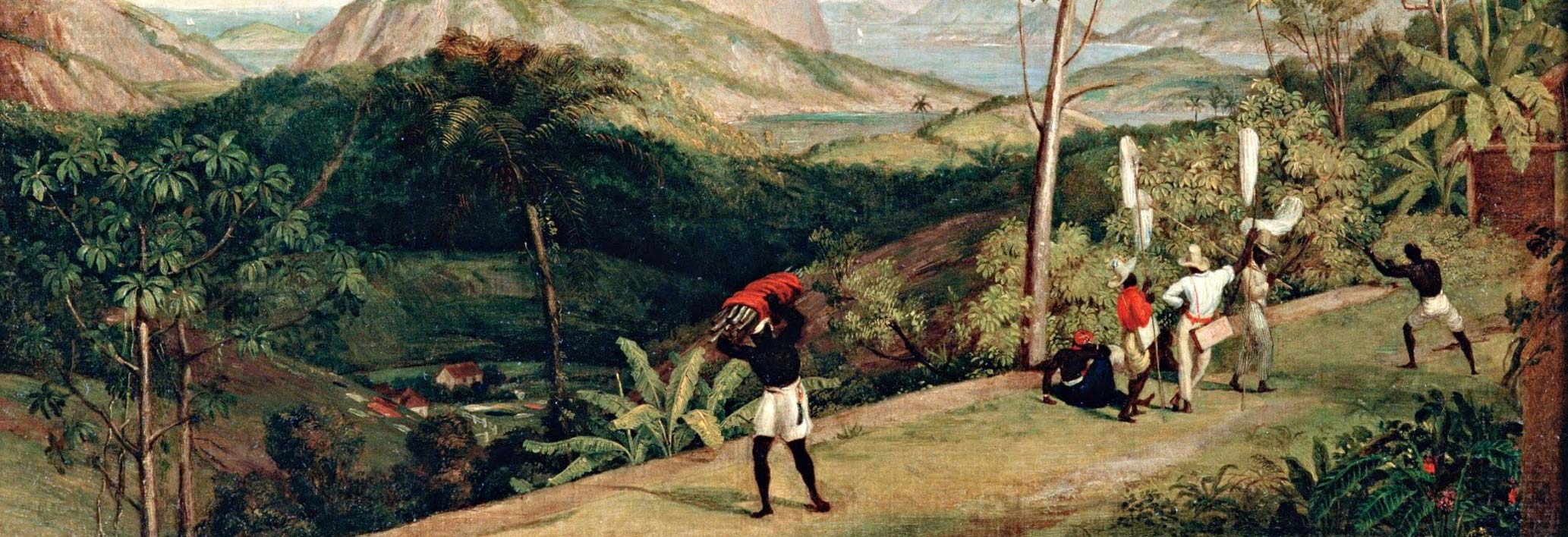Margaret Jane Blake, subject of a published narrative by a white author, was born enslaved in in Baltimore, Maryland, to Perry Blake, a free African American, and his enslaved wife Charlotte, who worked in the household of a prominent merchant, Jesse Levering. The couple had several other children. In 1897 Jesse's daughter Sarah R. Levering published a booklet about Margaret Jane Blake's life through the Press of Innes & Son in Philadelphia. As of 2011, other sources concerning Blake's life were unknown. Thus we should read this account with care, recognizing that it provides only one perspective on Blake's life, and that it comes from a member of the family who once owned her. It nonetheless offers several insights on the life of an urban African American woman in slavery and freedom. Levering designated the proceeds from the booklet's sale to a Presbyterian affiliated “manual labor school for the benefit of the Afro-American citizens, as they prefer being called” (Levering, pp. v–vi).
Perry Blake served as a U.S. Navy marine during the War of 1812. When the British attacked Baltimore, the men in the Levering household took up arms. Charlotte Blake supplied them with food. For her “unremitting and cheerful service during this anxious time” (Levering, pp. 7–8), Jesse Levering manumitted her. Sarah Levering states that Charlotte Blake tried unsuccessfully to return to slavery, then arranged for her children to remain in bonds.
Margaret Jane Blake cleaned the house and tended Sarah R. Levering, born in 1825. It is unclear whether Blake ever learned to read. Levering does note that Blake resisted male attentions and offers of marriage because she did not want to create new slaves. Blake never wed or had biological children. At the same time, Levering presents her as critical of abolitionists.
Blake injured herself in a fall as a young woman. She suffered severe pain and periods of inactivity the rest of her life. After Jesse's death in 1832, the Leverings' wealth diminished. They hired Blake out to work in other households. When the Leverings moved outside Baltimore, “Blake … was allowed to remain there. From that time she went and came as suited her, and never was with us but as an invalid to be nursed or as a visitor to be entertained.” The Leverings agreed “to allow Blake to buy herself … [B]efore Blake was old, she had her free papers” (Levering, p. 18).
She then worked as a household servant for the Baltimore railroad magnate Walter Booth Brooks, caring for his children, including his daughter Eleanor. On 23 October 1873, at Baltimore's Brown Memorial Presbyterian Church, Eleanor Brooks married William Grigsby McCormick. The groom came from Chicago's wealthy McCormick family, who started the company eventually called International Harvester. Levering writes: “Mammy Blake [brought] up the rear of the bridal procession … the crowning indulgence of the life of the affectionate servant” (Levering, p. 20). Blake then moved to Chicago with the couple and cared for their children.
At about age sixty-nine, while on a visit back to her hometown, Margaret Jane Blake died in the Baltimore Infirmary from erysipelas, a virulent skin infection. She was buried in Laurel Cemetery under a headstone that Eleanor Brooks McCormick had inscribed “Faithful unto Death.” Sarah Levering comments that “fidelity was the keynote of [Blake's] life… [S]he served her masters well … [and] held her faith … in childlike simplicity” (Levering, p. 21).
Because the biography is replete with such statements, late twentieth- and early twenty-first-century scholars categorize Levering's biography among the many “unreliable” slave narratives. White authors or editors have burdened these stories so much with their own ideologies and biases, “there is little room for the testimony” of the slaves themselves and “few of the details of slave life are revealed” (Blassingame, p. xxviiii). Thus Levering's narrative leaves a legacy of important questions. Did Charlotte Blake really want to return herself to slavery and keep her children there? If so, why? What actually were Margaret Jane Blake's views of abolitionists?
Considering Blake's own decisions about marriage and motherhood for herself, what did it mean to her from her own perspective to participate in the Brooks-McCormick wedding party and help raise three generations of prosperous white children? Levering describes Blake as happy in these activities. Yet she also describes Blake as “unwilling to breed slaves for any master.” Levering further comments: “If all the bondwomen had been of the same mind, how soon the institution would have vanished from the earth, and all the misery belonging to it been lifted from the hearts of the holders and the slaves!” (Levering, p. 13). This part of Levering's narrative most contradicts or complicates her stereotypical portrayals of Blake as a “Mammy” in ever-loyal service to ever-benevolent slavemasters and employers. Yet Levering's account still leaves unanswered the many questions it raises about Blake's own vantage points on the institutions of slavery and domestic service.
Read the full, original biography by Mary Krane Derr in African American National Biography.
Online Resources
Memoirs of Margaret Jane Blake of Baltimore, Md.: And Selections in Prose and Verse (1897). Documenting the American South Website, University of North Carolina, Chapel Hill. https://docsouth.unc.edu/neh/levering/levering.html
Bibliography
Blassingame, John W. Slave Testimony: Two Centuries of Letters, Speeches, Interviews, and Autobiographies (1977).
Davis, Charles Twitchell, and Henry Louis Gates Jr., eds., The Slave's Narrative (1991).
Giddings, Paula. Where and When I Enter: The Impact of Black Women on Race and Sex in America (2001).
Levering, Sarah R. Memoirs of Margaret Jane Blake of Baltimore, Md.: And Selections in Prose and Verse (1897).
Author
Mary Krane Derr
Adapted by
Jennifer Mojica Santana
Contributing Institutions
Hutchins Center for African & African American Research, Harvard University, Cambridge, MA.
Oxford University Press (USA) African American Studies Center





